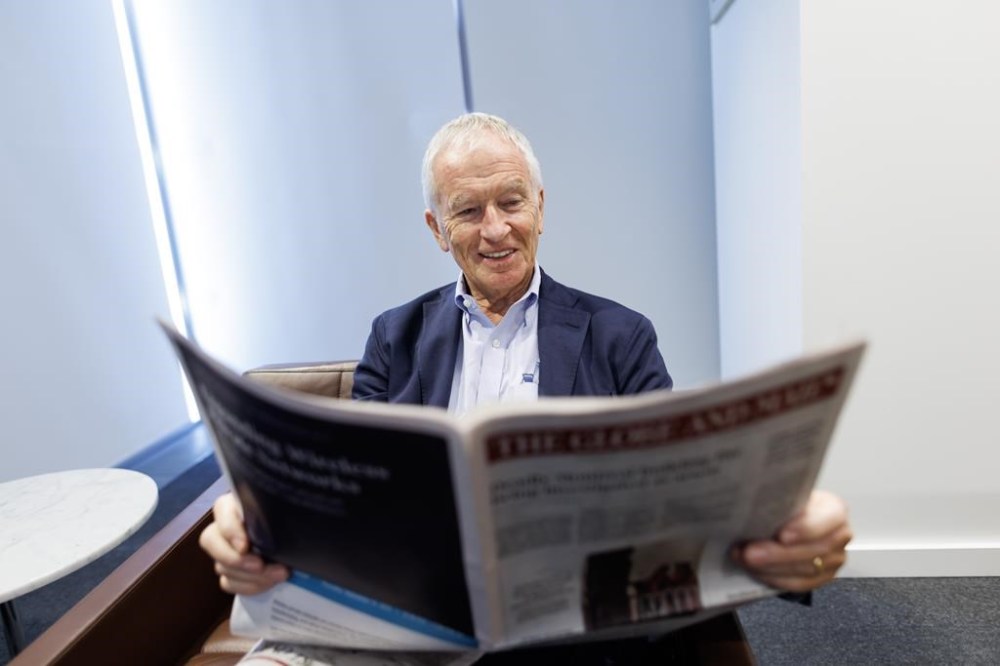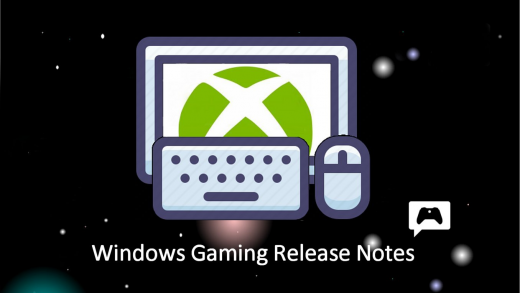
TORONTO – In 1998, Canadian newspapers faced the toughest environment in decades amid the launch of the National Post, fresh competition that put media companies in a cutthroat competition to gain the most readers, advertisers and scoops.
The Globe and Mail sent for Phillip Crawley.
A newspaper veteran from Northumberland in England’s northeast, Crawley arrived in Toronto ready to do battle in the coming newspaper war. After a nearly six-decade career in journalism, including 25 years as CEO and publisher of the Globe, Crawley marked his last day at the newspaper’s helm on Thursday.

He retires as the journalism industry faces different challenges in an era defined by media concentration and continued uncertainties.
“I’ve been in the business for 58 years, so I’m not exactly rushing out the door,” said Crawley, 79, in an interview last month.
“At my age and stage, it’s the right time to hand on to a successor who’s already very well versed in the Globe.”
Crawley is handing the reins to former chief revenue officer Andrew Saunders, who he says is well-positioned to handle the challenges facing the newspaper in the years to come. He credited Saunders with having negotiated deals in recent years with tech companies such as Apple, Google and Facebook-parent company Meta, as did multiple news organizations in recent years, including The Canadian Press.
Crawley said that experience will be key as the newspaper navigates one of the most critical unknowns: the federal government’s ongoing standoff with Meta and Google over its Online News Act.
The legislation calls on those companies to compensate news outlets for links appearing on their platforms. Meta has blocked Canadian news in response and Google may do the same.
“The issue of government regulation is certainly one of the biggest issues that I think is facing our industry, because if it ends up in a walk away by Google and Facebook, then our industry across the board, whether it’s newspapers or broadcasting, we’ve got a bigger problem,” said Crawley.
Adapting to challenges, and new opportunities, prompted by technological advancements largely characterize Crawley’s time leading the Globe.
He had worked at the Times Supplements and the Daily Telegraph in London, the South China Morning Post in Hong Kong and the New Zealand Herald before arriving in Canada in 1998.
“I was brought here by the Thomsons to be the new publisher and CEO because they wanted somebody who had experience of competitive markets … to defend the franchise, the Globe and Mail. Obviously there was a new competitor in the shape of the National Post being launched,” he said.
“It was clearly a newspaper war.”
Other industry veterans remember the high stakes of that time similarly. Former Postmedia president and CEO Paul Godfrey, who ran Sun Media until 2000, called Crawley “a very outspoken guy” who was at times “confrontational” in dealings with the enemy National Post.
“A lot of times he made statements that he thought the Post would be gone long ago by now and I sort of smiled,” said Godfrey, adviser to Postmedia’s CEO and board of directors.
Both men acknowledge that tensions between the rival papers continue to this day.
Crawley called the newspaper battle of the early 2000 a “very hectic” two-to-three-year “slog” that in many ways hurt the industry. The newspaper war saw the Post, the Globe and other competitors, such as the Toronto Star, shed revenues amid the expanded playing field.
High-profile reporters and columnists commanded top dollar, while the rise of the internet was beginning to upend the media industry.
“That was a period where there was a lot of fierce competition on the journalism side, on the commercial side,” Crawley said. “And this was before most people were really understanding what the digital age was going to bring on.”
As well as his role as Globe and Mail publisher, Crawley was the longest-serving chairman of the board of directors for The Canadian Press. He held that role from 2007 to 2009, when CP was a co-operative organization, then as co-chair from 2010, when the news agency became a private company. (The Canadian Press is owned by a partnership between Torstar Corp. and subsidiaries of the Globe and Mail and Montreal’s La Presse.) He retired from the board last month after chairing his last meeting.
Today, The Globe boasts nearly 250,000 digital subscribers, far outweighing its 90,000 print subscribers. Crawley attributed the company’s digital growth, in part, to having been a “pioneer” as readers migrated online along with news articles.
He pointed to the launch of web products for investors, allowing consumers to track their portfolios.
“That’s not all to do with me, there were plenty of people who at that time were thinking, ‘OK, how do we make use of this technology to deliver the content, deliver the tools that people want to use to keep track of their own finances or their company’s finances?’”
But on the editorial side, The Globe and many of its rivals were slower to adapt.
There had been early conversations about launching a digital paywall after the Wall Street Journal became one of the first national newspapers in the U.S. to do so in 1996. Crawley said he had discussions with the publication, which was keen for its peers to follow in its footsteps and set a precedent that news wouldn’t be given away for free online.
The Globe experimented with pay-to-read columns in the mid-2000s before backing away from the decision.
It took until 2010, when the New York Times launched a paid model, for the concept to catch on more broadly. The Globe put up its paywall two years later.
Crawley said that lag remains one of his top regrets.
“That probably should have happened sooner,” he said, adding the Globe “should have made greater headway in investing in digital in the early to mid-2000s.”
He’s always had a strong sense that “if you produced good enough content, if you got something that was exclusive to you, you are breaking stories, you are giving good insight and commentary, that people would be prepared to pay.”
“If you invest in the journalism, it will repay you,” said Crawley.
But newspapers across the country are far smaller than they were. Crawley said cutbacks on the editorial side of the business are “as much to blame for the decline of our industry as anything else.”
As the Globe turns the page under its new chief executive, Crawley said he is confident he’s left the newspaper in a place where reporters and editors feel empowered to “enable intelligent discussion” and hold government to account.
“It’s a fulfilling job with a sense of purpose.”
This report by The Canadian Press was first published Sept. 3, 2023.


